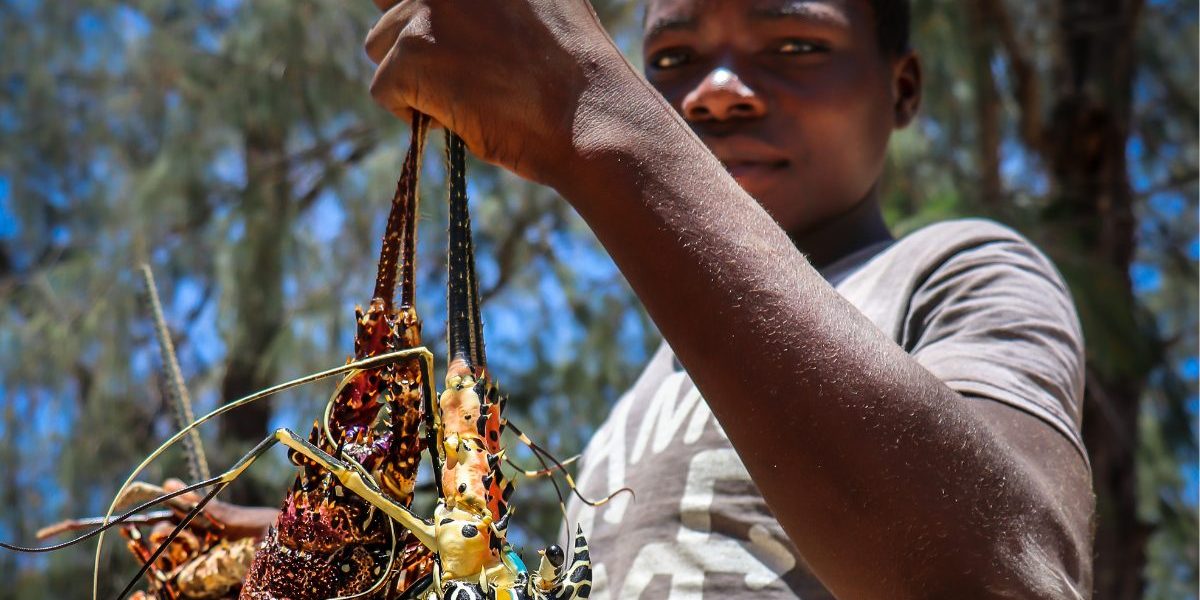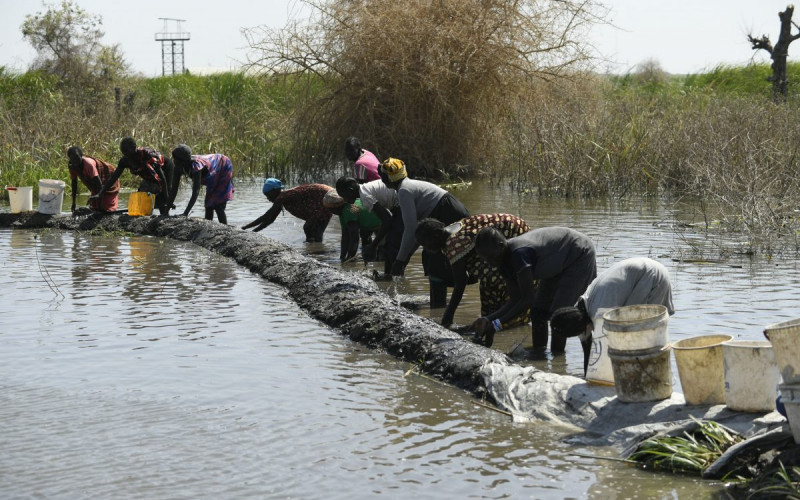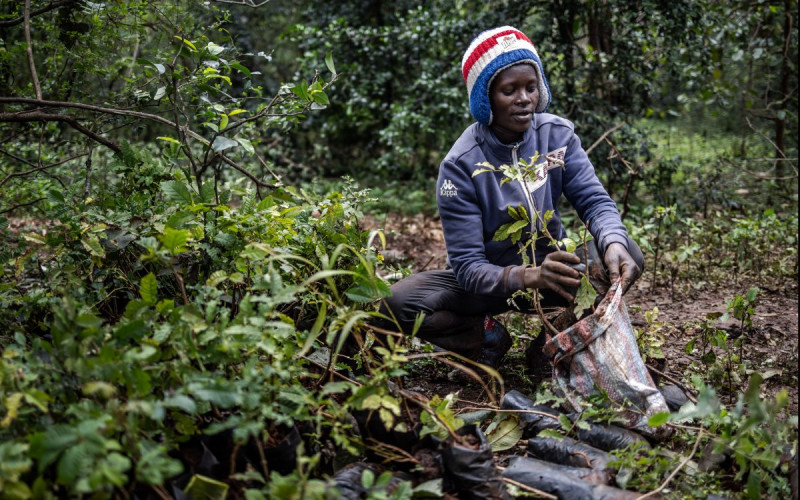Summary:
- Climate change is negatively impacting SADC coastal and marine environments, reducing the availability of key ecosystem services such as the provision of food and coastal protection.
- The health and abundance of these ecosystems underpin life in these communities, often providing the backbone of their livelihood strategies.
- In addition, low levels of socio-economic development, combined with limited livelihood opportunities, drive vulnerability among coastal communities in the region.
- Coastal and marine ecosystem-based adaptation (EbA) interventions provide a range of livelihood opportunities, bolstering both ecosystem services and livelihoods.
- Noteworthy among these are interventions that foreground community priorities, such as ‘putting food on the table’, through participatory approaches and collaborative design.
- Periodic fishery closures leading to locally managed marine areas have been used as a means of addressing immediate livelihood needs, providing a gateway to further community engagement and expanded EbA activities associated with longer-term livelihood co-benefits.
- This approach has spread throughout the Western Indian Ocean and illustrates a community-centred but scalable approach to addressing urgent livelihood needs while bolstering the ecosystems on which they depend.







